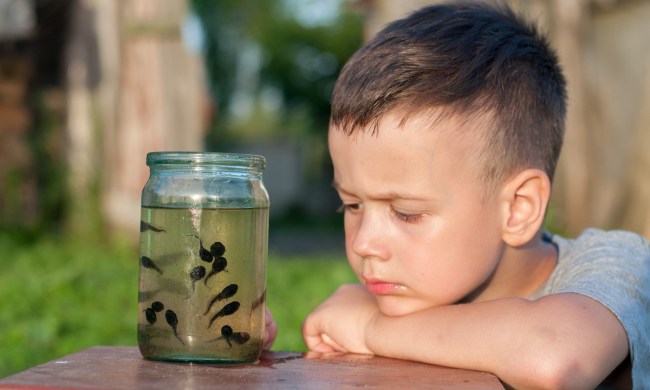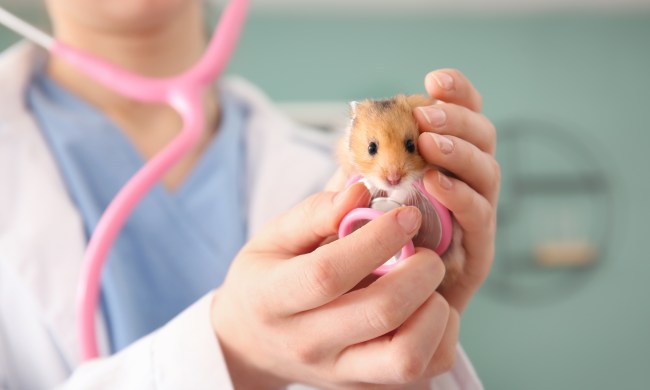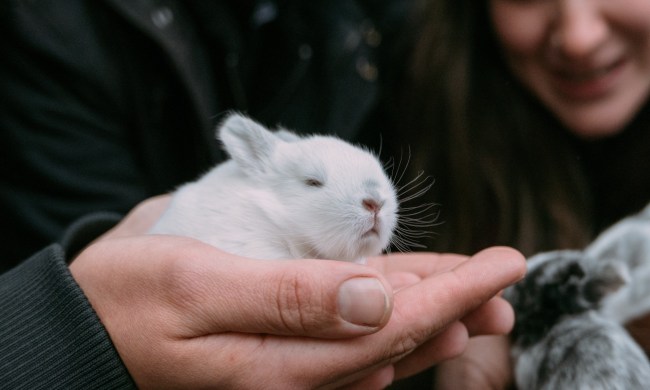Hamsters normally are happy little creatures brimming with energy. Their eyes are shiny, and their coats are full and bright. When healthy, they eat well, play well, and keep themselves groomed.
However, if their care or environment is off, hamsters can become sick quickly. Sometimes fatally. It’s essential, then, that you can recognize the signs of an ill hamster so that you can get them the help they need.
You’ll need to pay careful attention to exactly how your hamster behaves as well as how she appears, since these little rodents try to hide illness.
In this article, we’ll go over the signs of a sick hamster to look for and add some tips to nurse her back to health.
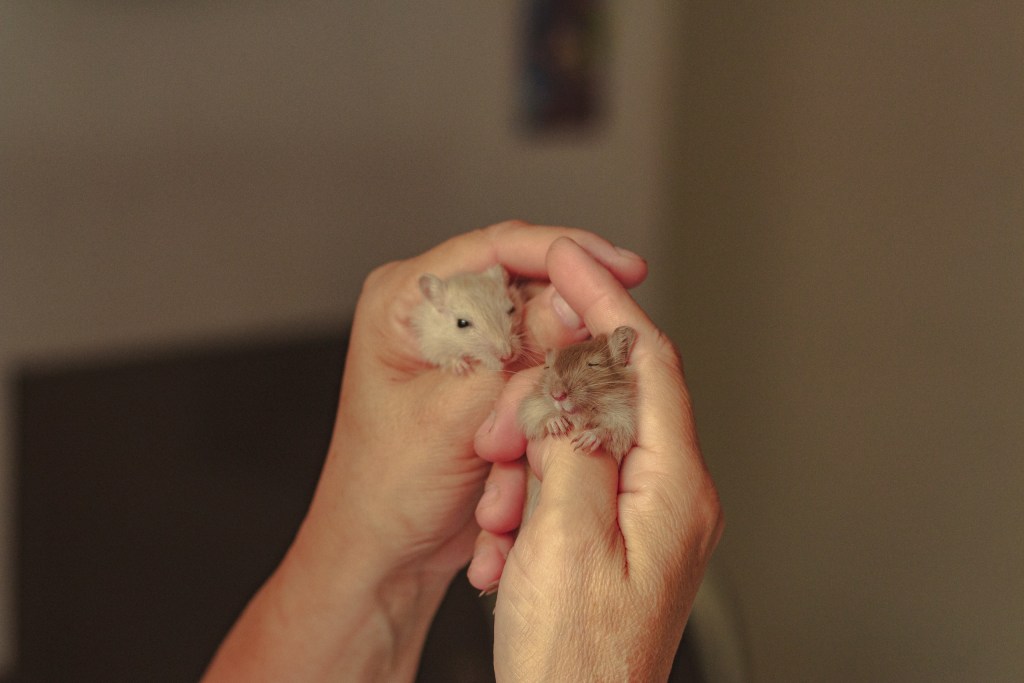
Pay attention to signs and symptoms
First things first. Watch your hamster’s behavior. If she’s not behaving as she usually does, something may be off. Look to see how she interacts with you or with other hamsters. You should also observe her little body to see if there are obvious signs of illness or injury. If your hamster is losing weight and lethargic, something serious may be going on.
Look for changes in behavior
When looking at your hamster’s behavior, pay attention to her morning routine. Is your hamster keeping up her everyday habits, like stretching and yawning? Is she eating and drinking as much as usual? If the answer is no, then your hamster might be sick or injured.
Also, pay attention to how your hamster interacts with you. A sick hamster might act afraid and cower, or she might be a bit aggressive. The only time this might not signal illness is when she’s new to your home and doesn’t know you yet.
Pay attention to her appearance
A healthy hamster’s coat is usually sleek and shiny. If it looks dull, dried out, or wet, it could be a sign that your hamster isn’t feeling well.
Your hamster’s eyes
When it comes to the rodent’s eyes, they shouldn’t have any redness. One caveat here is that some hamsters have a natural, reddish tone to their eyes, but a pronounced redness may be cause for concern.
Your pet’s eyes should be bright and alert, with no crustiness or discharge surrounding them.
Your hamster’s nose
Take a close look at your hamster’s nose. It shouldn’t be runny. If it is, your hamster might have a cold.
Your hamster’s mouth
Hamsters can have issues with their teeth. Check whether your hamster’s teeth are getting too long or if she’s having trouble eating and drinking. She might have an impacted cheek pouch, which can occur when debris or food gets caught there. If this goes unresolved, it can become a serious issue for your hamster’s health and comfort.
Your hamster’s tail
Your hamster’s tail ought to be dry. If it isn’t, then the wetness there might be urine or fecal matter. (Gross; she won’t like it either.) Moreover, if your hamster lies next to or near where she’s gone to the bathroom, these are clear sick hamster symptoms, and she needs your help.
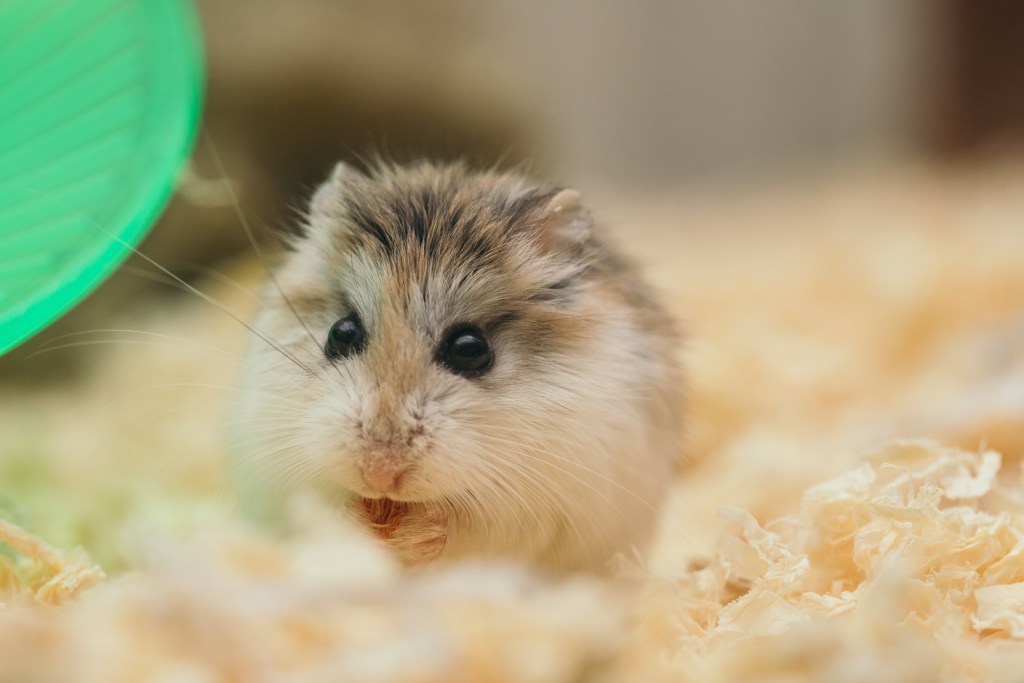
Keep your hamster comfortable
If your hamster shows signs of sickness, it’s essential to keep the little creature comfortable. At the same time, continue to observe her behavior and appearance over a day or two.
Make sure to feed your hamster
If you notice that your hamster isn’t eating well, you can still try to get her to eat. Not eating, especially when she’s sick, might worsen her condition. Therefore, you may need to prod your hamster into eating a bit. One thing you can try is to move her food dish closer. (It’s not that your hamster is lazy; she just might be too weak to move over to her dish on her own.)
Give your hamster water
As with food, not drinking water isn’t an option for your hamster. If you can’t get her to drink from her water bottle, you might want to use an eyedropper to get her to drink.
Make your hamster feel snug
To help her relax, think about giving your hamster some extra bedding so that she can nest down and get cozy. She may need to rest. You might want to remove her exercise wheel if she has one. Many hamsters continue to work out (funny as that might sound) even when sick. However, that’s not good for their health.
If your little furry friend continues to display sick hamster symptoms, then it’s probably time to take her to the veterinarian. Your animal doctor will be able to give your hamster an accurate diagnosis and probably can prescribe something to help improve her condition.
